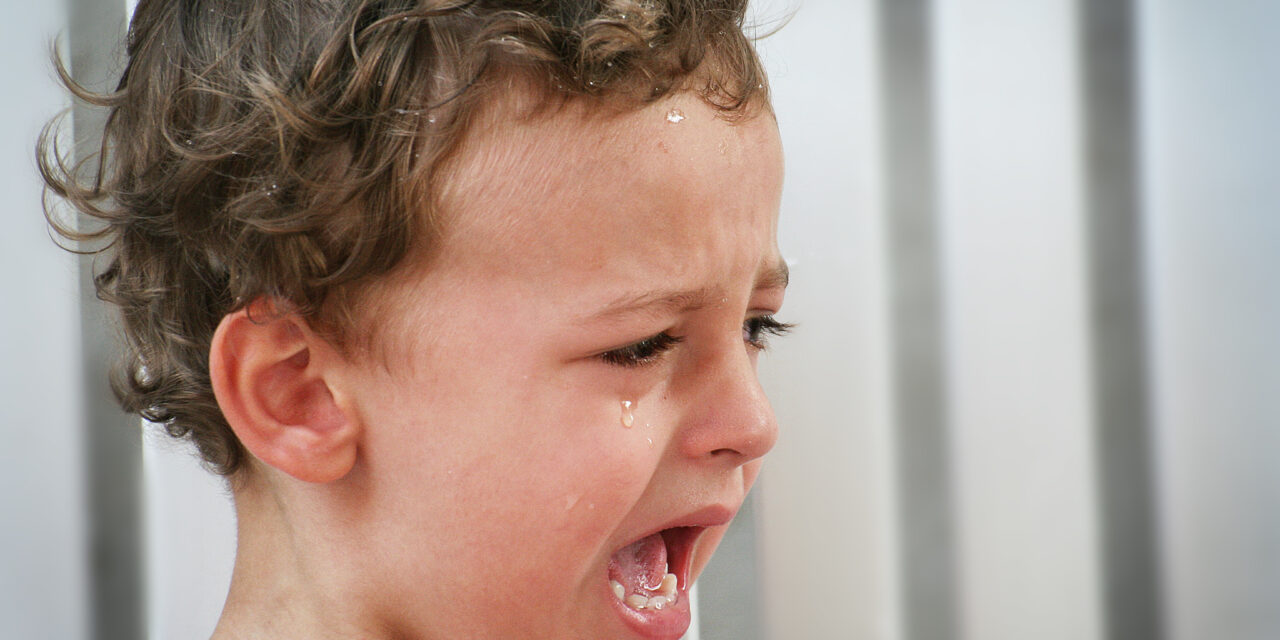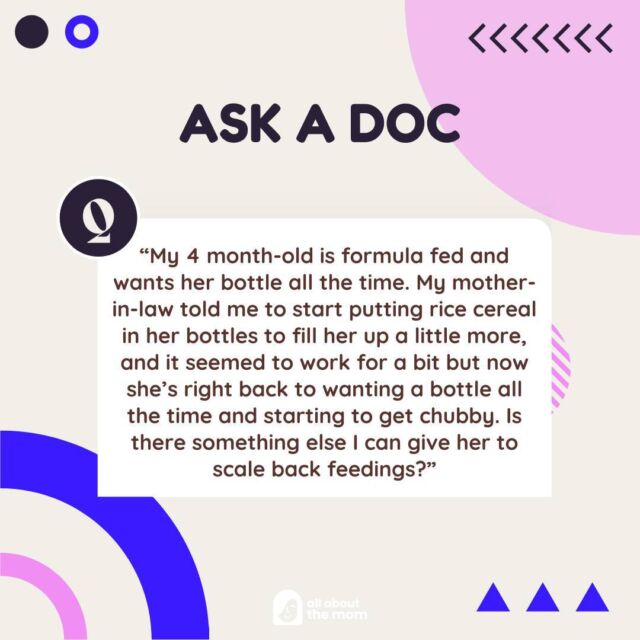Time-in is a framework I like to recommend that supports parents to remain emotionally available to their child when their child is experiencing a tantrum or meltdown. It differs from “time-out” in that the relationship with a supportive adult is not withdrawn punitively from the child, but instead, the grown-up co-regulates the child (that means that they support them to move from a state of inner chaos to a state of inner-calm). The brain is an association machine so when children experience many repetitions of co-regulation, they begin to develop the ability to calm down more efficiently and with increasing independence.
Co-regulation is underpinned by empathy. It involves noticing our child’s emotional distress (and perhaps, at the moment, separating that from their behavior). Through co-regulation, we support our child with our warm, emotional presence, and modulate their distress by regulating our own emotional state. It’s that simple… and that hard!
Here are some steps that I encourage parents to try.
Regulate:
Begin by working to try to regulate yourself. Pause, take a deep breath, notice your feet on the floor. Wiggle your toes.
Remind:
Remind yourself that your little one is having a hard time, that in the early years of childhood we should expect our child to explode emotionally, and that these eruptions will often include aggressive or “attacking” behaviors.
Re-appraise:
Try to see the situation from your child’s perspective. Try to connect with the feelings that might be underlying the behavior. Usually, this is disappointment, alarm, upset, or anger. Curiosity is a powerful tool for overriding defensiveness. It supports empathy, and empathy is one of our most effective tools for calming a dysregulated child.
What exactly time-in looks like will look different for every child and every family. Maybe your child will need to be removed from the situation and brought somewhere quieter to calm down with your support, maybe your child needs to be held, maybe they need to thrash on the couch while you sit quietly by the door, maybe they need silence or a sensory calm-space. Those details of time-in are parenting decisions that are unique to each family. You can experiment with what works best for you through a process of trial and error.
But here is the key piece
Children have a profound need for connection, especially when they are distressed. So, regardless of how exactly this looks for your family, remember that your job in these moments is only to regulate yourself and remain present for your child.

















